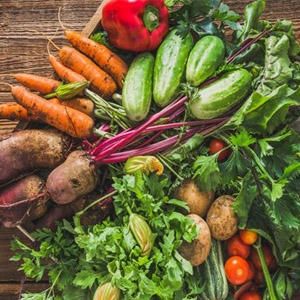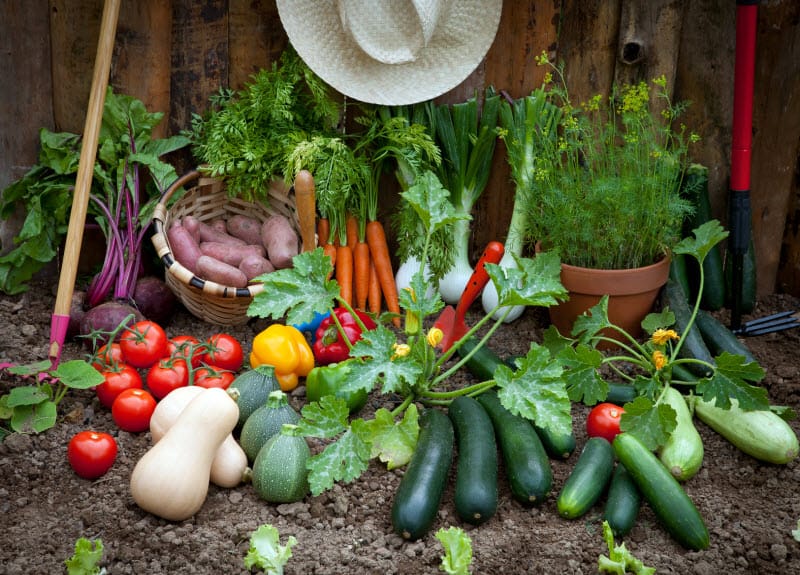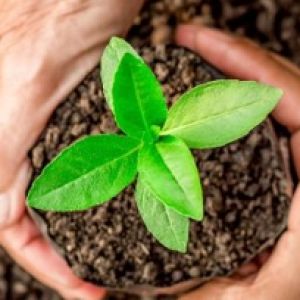The Ultimate Showdown: Weighing the Pros and Cons of Vegetable Planter MaterialsPosted by Anderson Kevin on April 26th, 2024  Vegetable planters, often referred to as garden planter boxes, are containers used for growing vegetables in places where garden space is limited, or soil conditions are less than ideal. These containers are versatile, allowing gardeners to cultivate a variety of vegetables on patios, balconies, and even indoors. The primary benefit of using vegetable planters is their ability to provide controlled environments for your plants. You can manage soil quality, water, and exposure to sunlight more effectively than in a traditional garden setup. This can lead to healthier plants and better yields. Another advantage of using agarden planter boxis its accessibility. They can be placed at a convenient height, reducing the need for bending and kneeling, which makes them ideal for individuals with mobility issues. Additionally, by using planters, you can avoid many soil-borne diseases and have fewer issues with weeds. This makes gardening cleaner and more manageable, particularly for novice gardeners. Factors to Consider When Choosing Materials When selecting materials for garden planters, several factors need to be considered to ensure that your gardening is successful. Durability is crucial as the material should withstand varying weather conditions and the wear and tear of gardening. Water retention is another important factor; some materials retain moisture better than others, which can influence watering frequency and plant health. The weight of the material can affect the portability of your planter, while eco-friendliness ensures that your gardening efforts are as environmentally responsible as possible. Different materials can also impact plant growth. For instance, metal may heat up quickly, potentially harming root systems, whereas wood might offer better insulation. Understanding these nuances can help gardeners choose the right material that will last and support the health and growth of their vegetable plants effectively.
Popular Materials for Vegetable Planters Gardeners have a wide range of materials to choose from for their planters, each with its unique pros and cons. Ceramic planters are heavy and fragile but provide excellent moisture retention and aesthetic appeal. Coir, made from coconut husks, is lightweight and promotes good air circulation, although it decomposes over time. Fiberglass planters are durable, lightweight, and resistant to weather, but can be more expensive. Metal is strong and durable but can conduct heat, potentially leading to overheating of the soil in sunny locations. Plastic is affordable and lightweight but may not be as durable or attractive as other materials. Finally, stone planters are very durable and attractive but can be very heavy and expensive. Each material has its unique characteristics that can either enhance or inhibit the growth of vegetables. For example, wood is breathable and provides good insulation from heat and cold but requires treatment to prevent rot. Understanding these properties will help gardeners make more informed decisions about which material best suits their gardening needs. Best Practices for Using Different Materials To get the most out of planters, it’s important to consider best practices for each material type. For instance, ceramic planters should have adequate drainage holes to prevent water logging, which can harm plant roots. When using coir, it’s beneficial to replace or replenish the planter as the material breaks down over time. For fiberglass and metal planters, ensuring that they are not in full sun can prevent overheating. Plastic planters can benefit from being placed on non-absorbent surfaces to avoid water stains and promote better drainage. Maintenance is also key to prolonging the life of your planters and the health of your vegetables. Regular cleaning, checking for drainage, and applying protective coatings, if necessary, can help maintain the functionality and appearance of your planters. Each material will have different maintenance requirements, and understanding these can help you keep your garden healthy and productive for many seasons. Conclusion Choosing the right material for your garden planter box can greatly influence the success of your gardening projects. From the durability of metal to the environmental friendliness of coir, each material offers distinct advantages and challenges. By understanding the specific properties of each material, gardeners can create more effective and sustainable gardens. Experimenting with different materials and sharing experiences can also provide valuable insights and help build a community of knowledgeable, enthusiastic gardeners. Whether you’re a seasoned gardener or just starting out, exploring the various options for your garden planter boxes can lead to more productive and enjoyable gardening experiences. Like it? Share it! |



